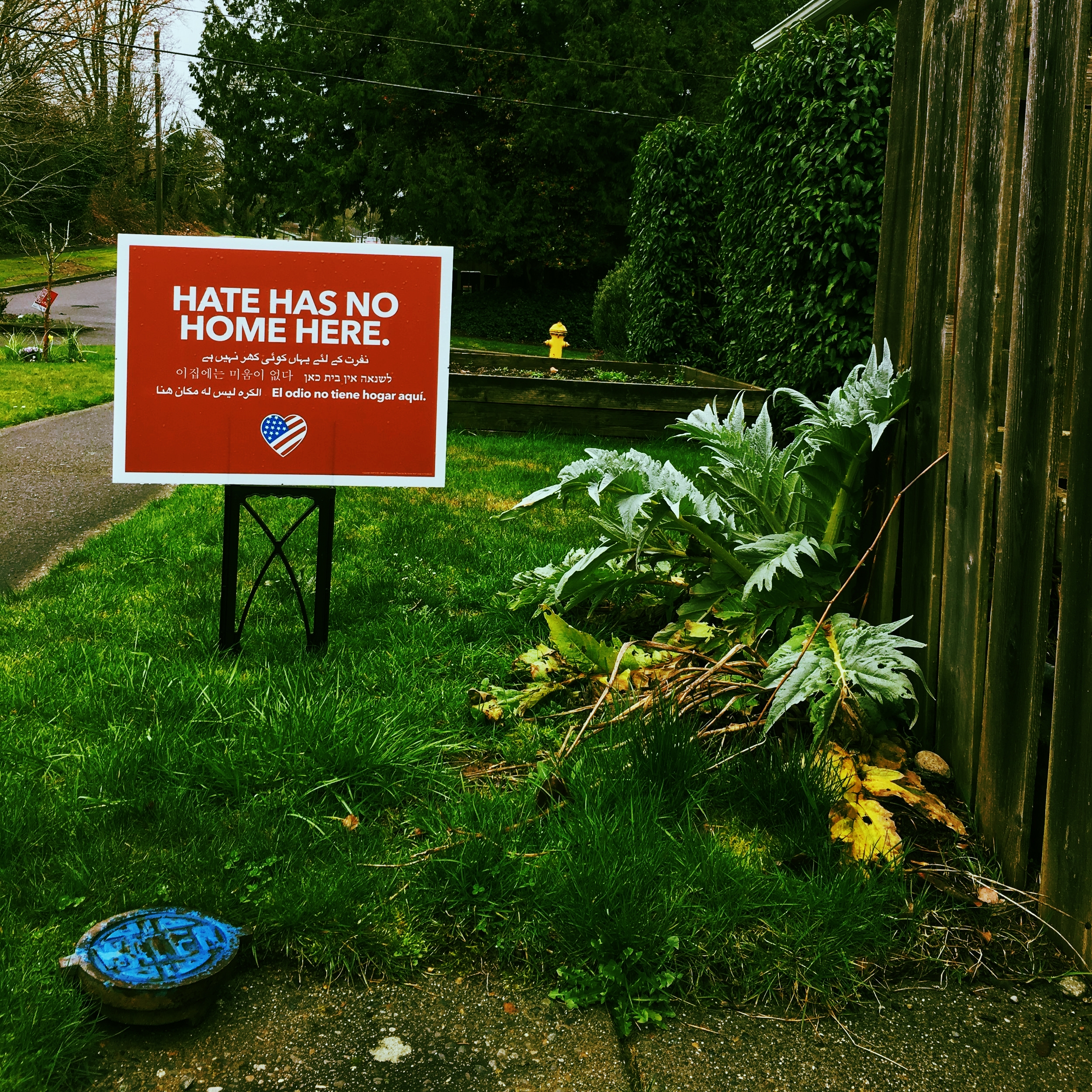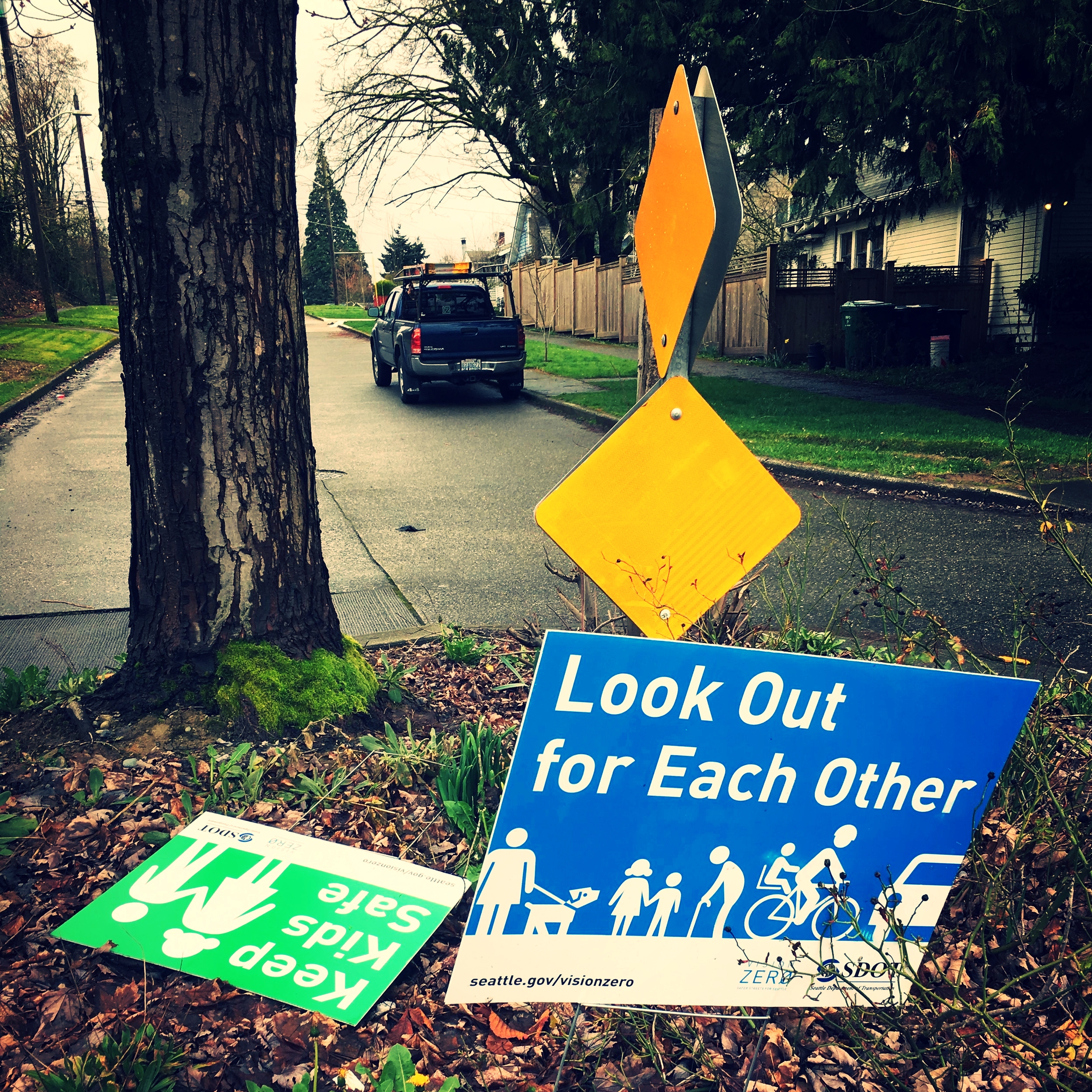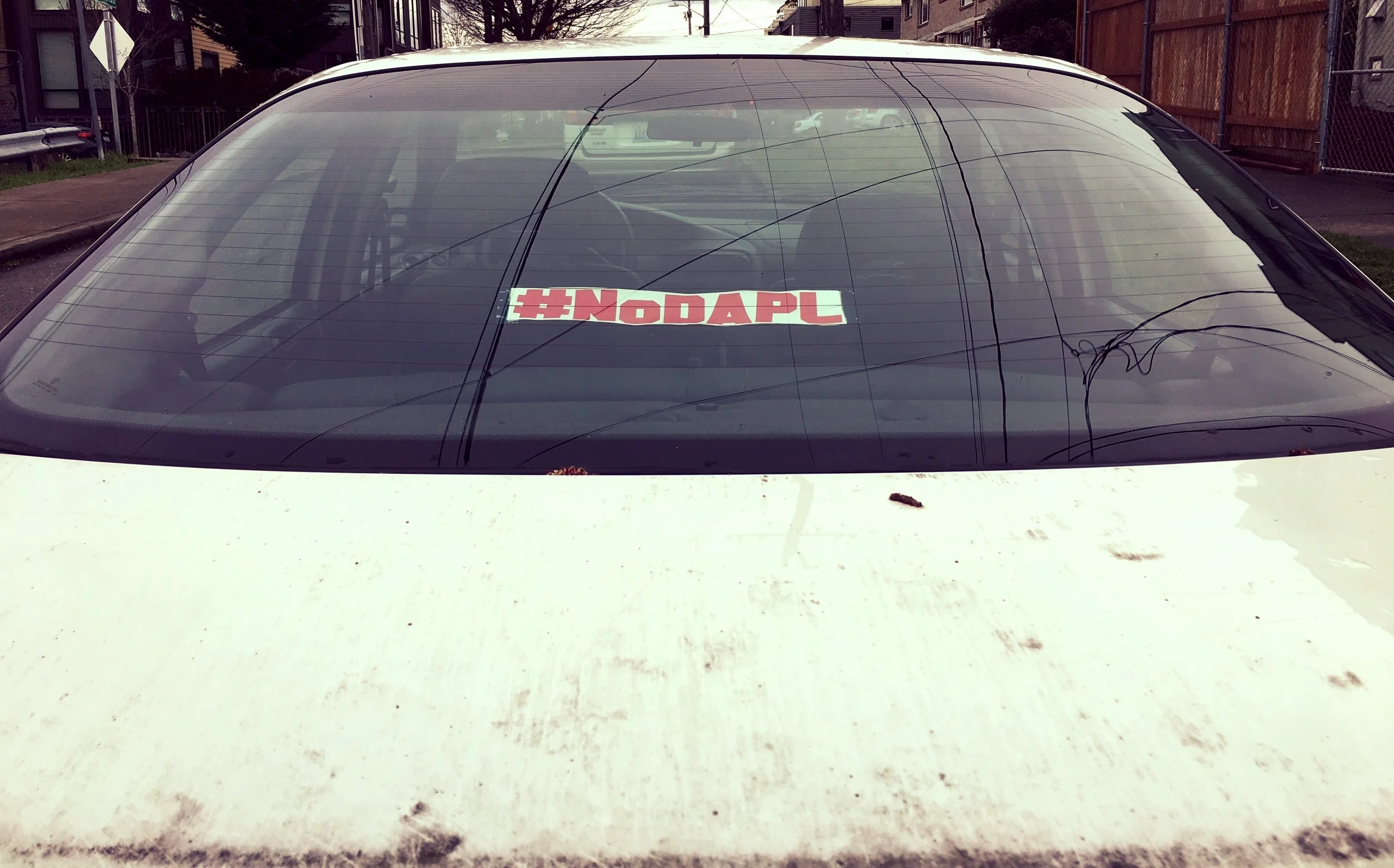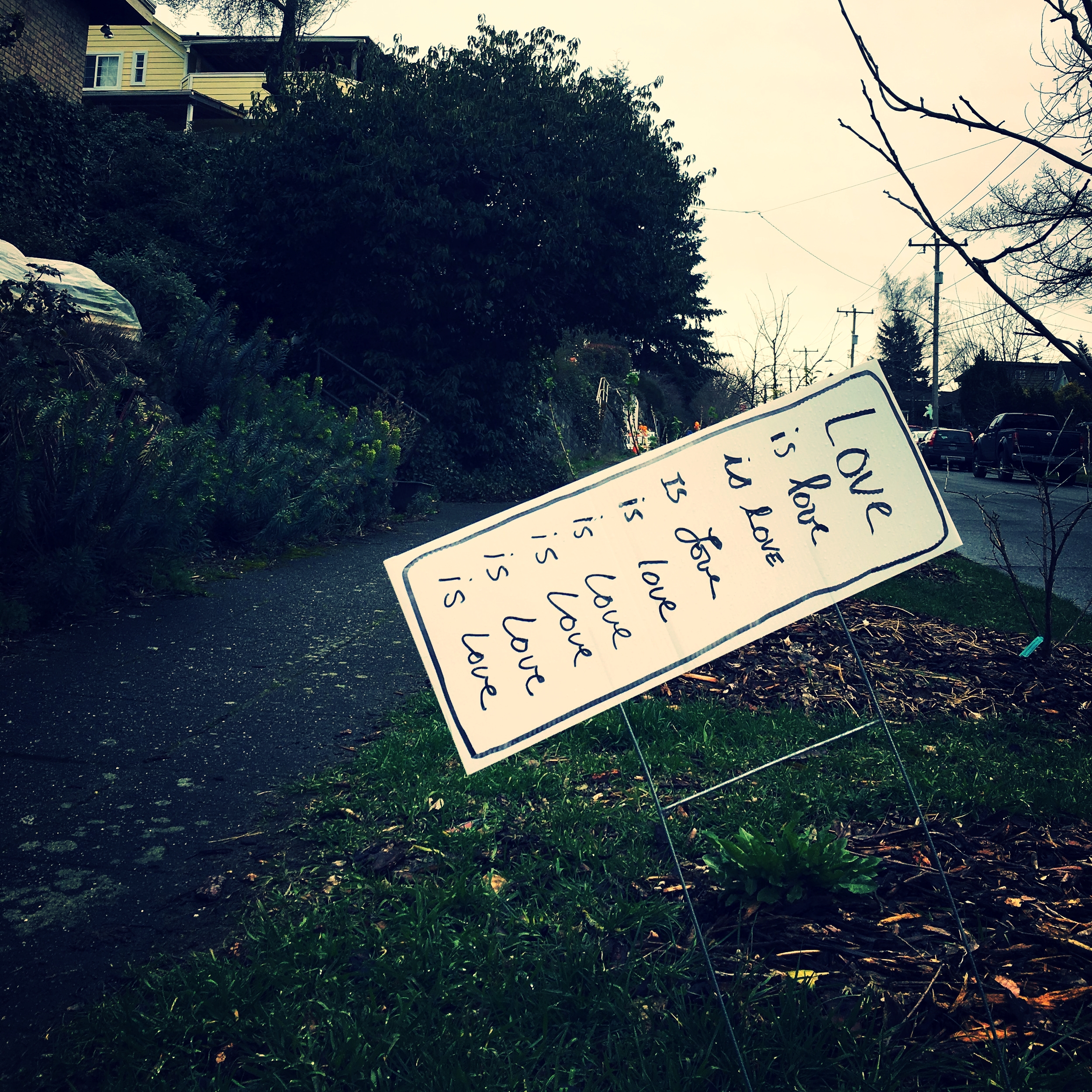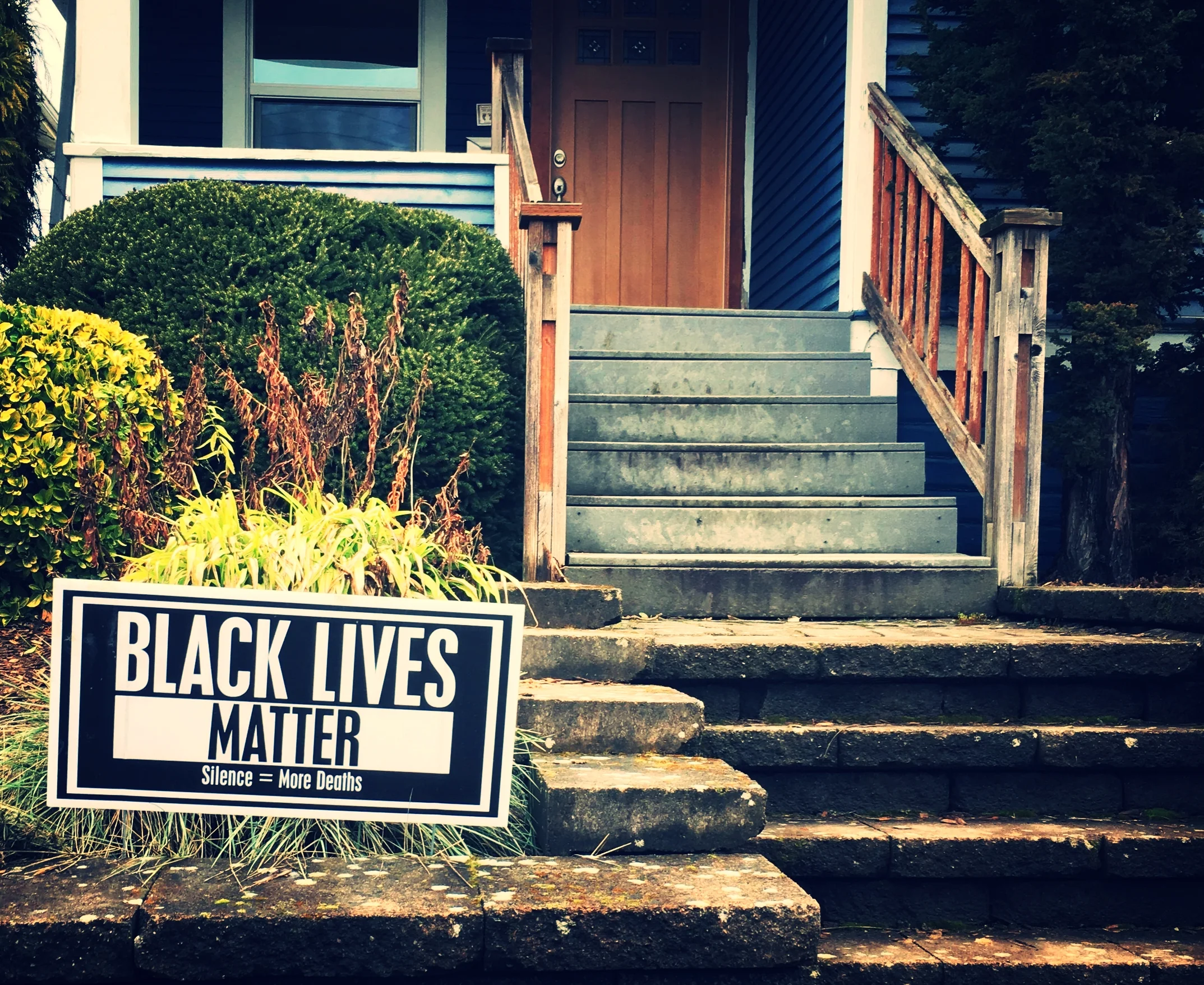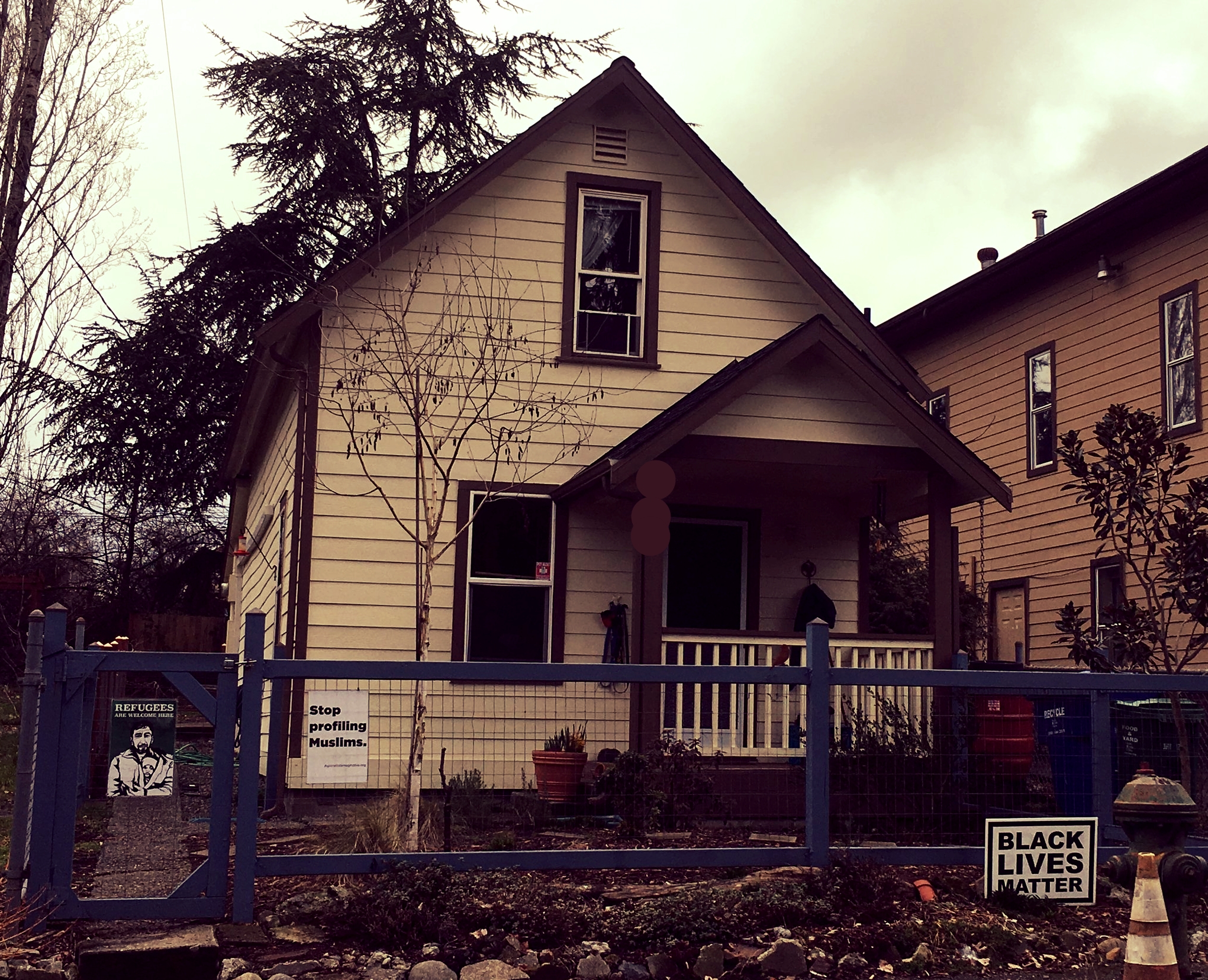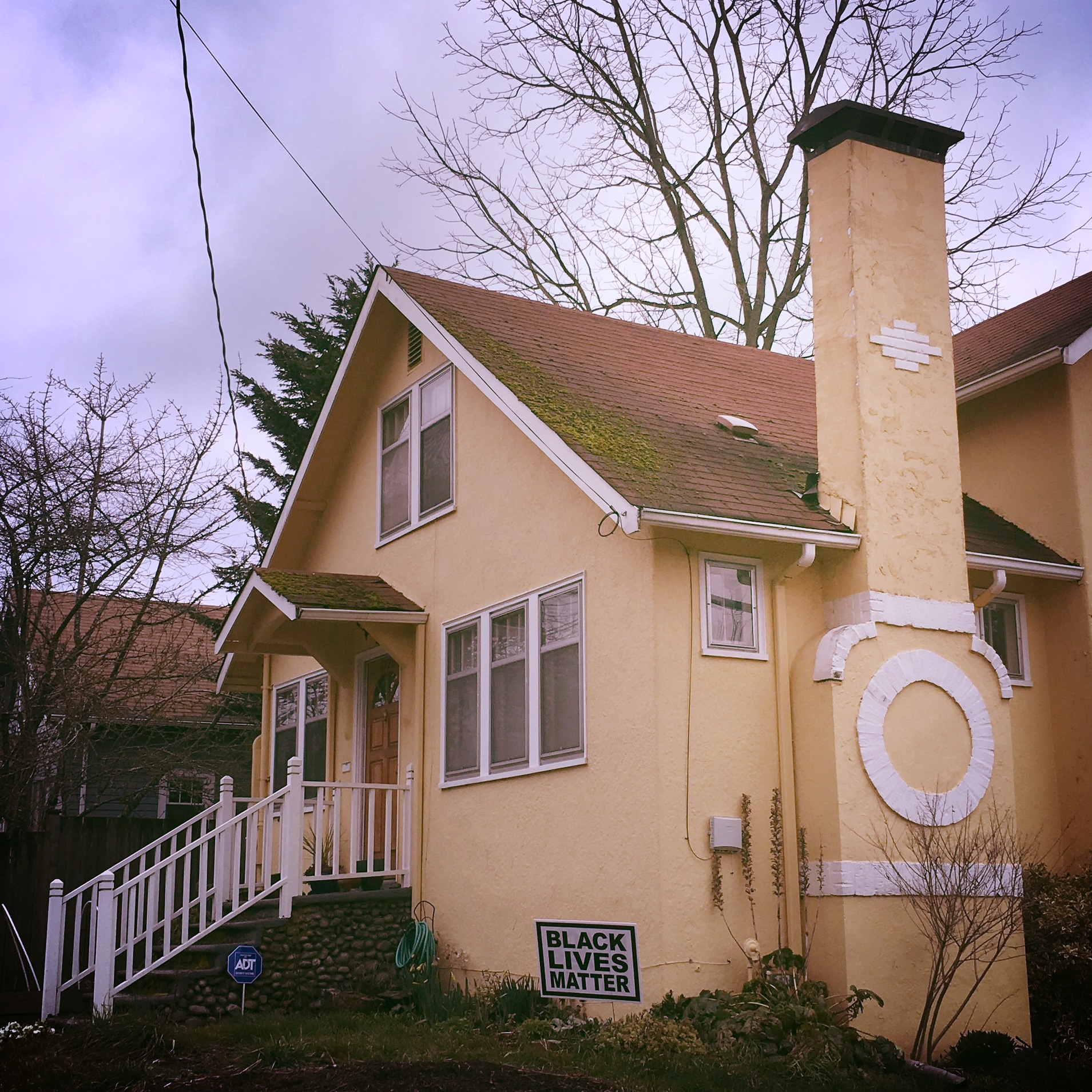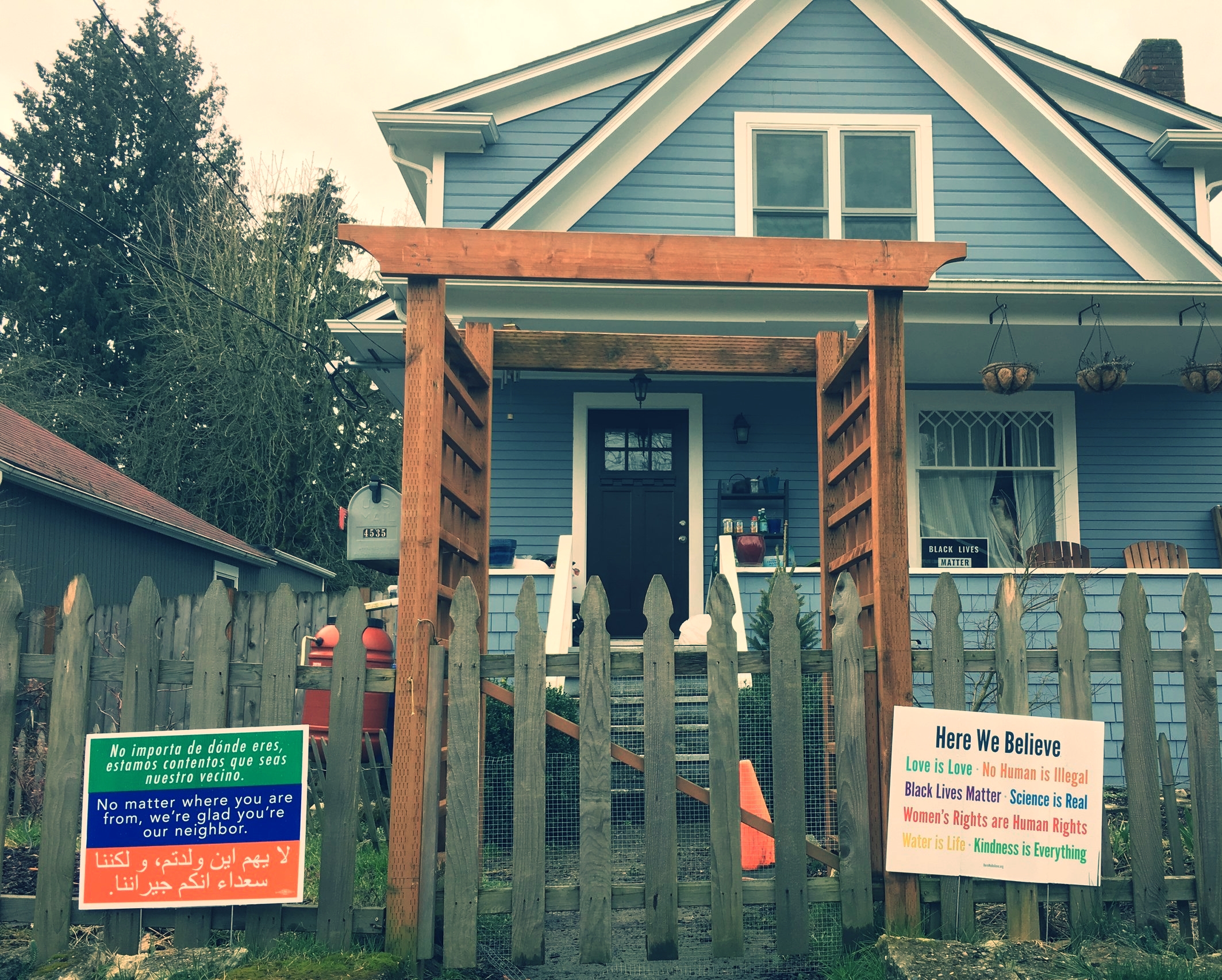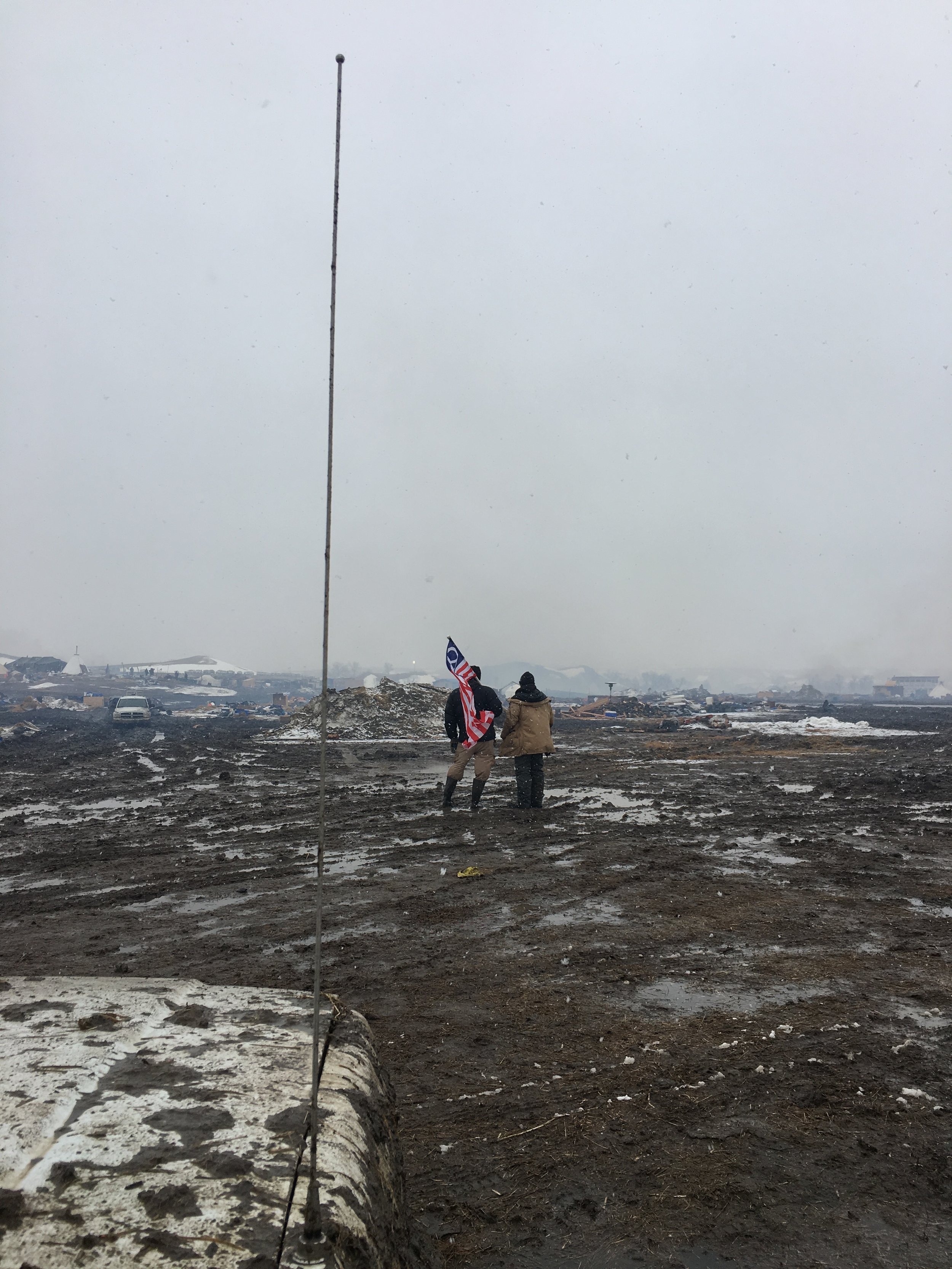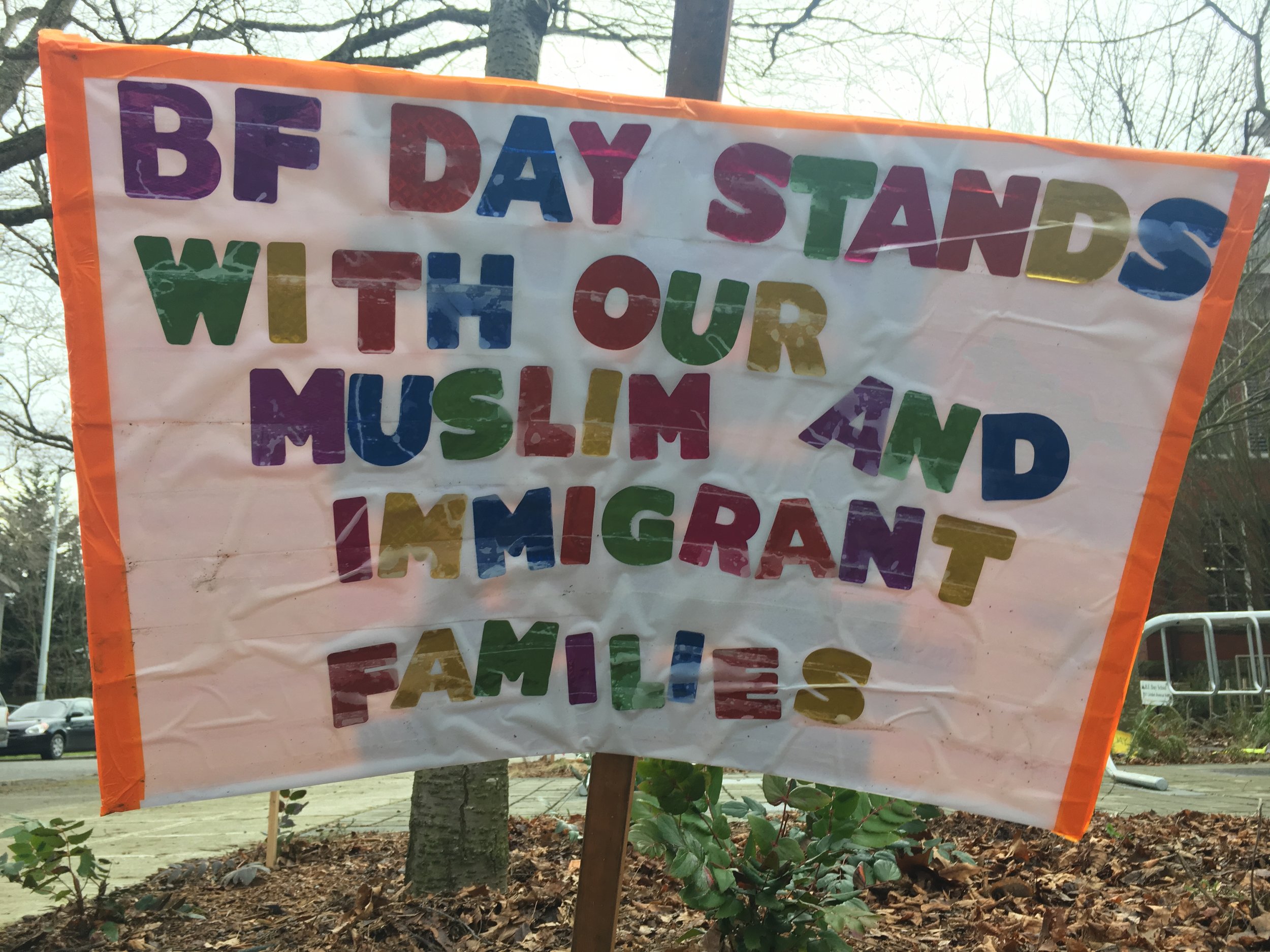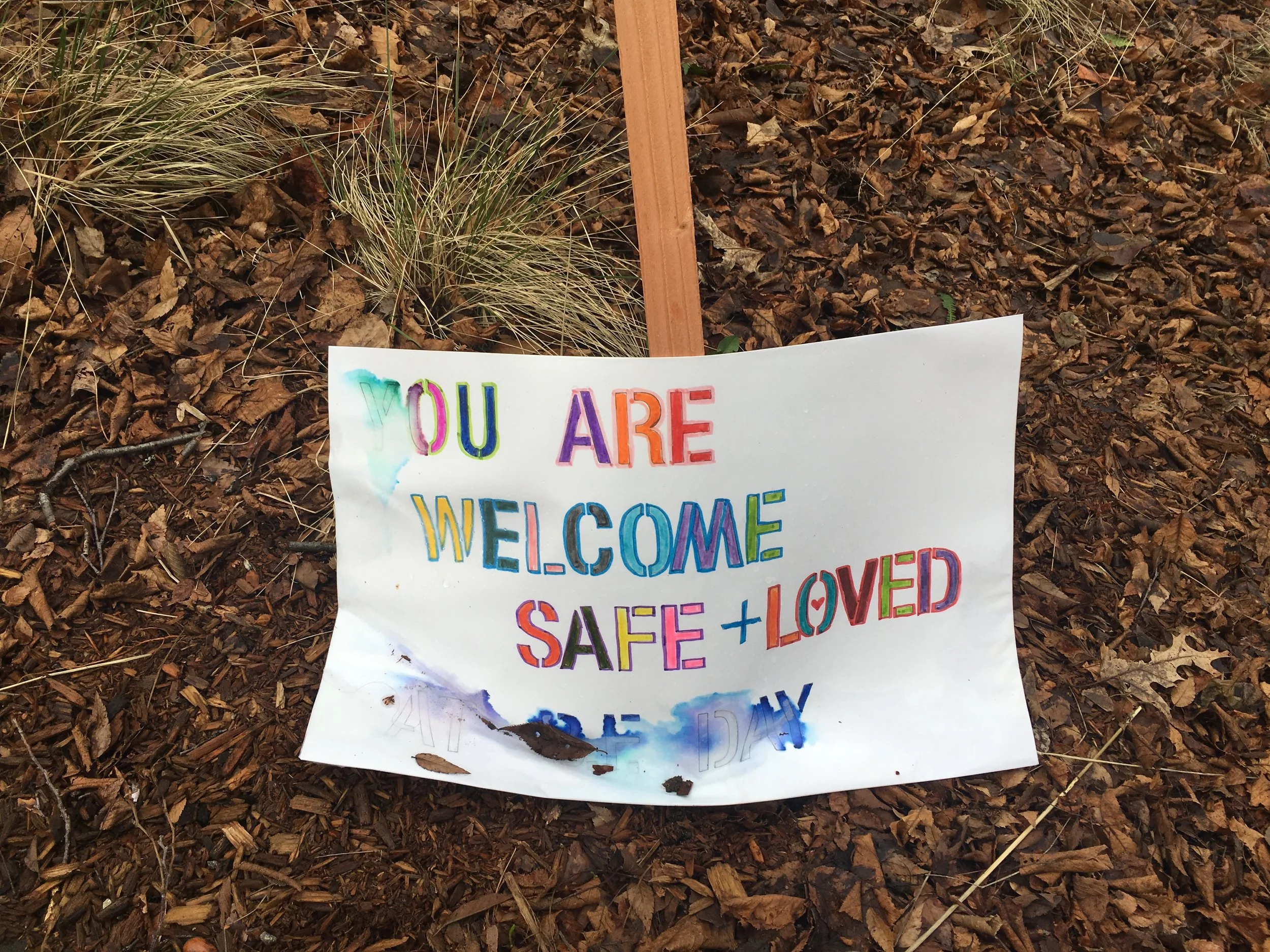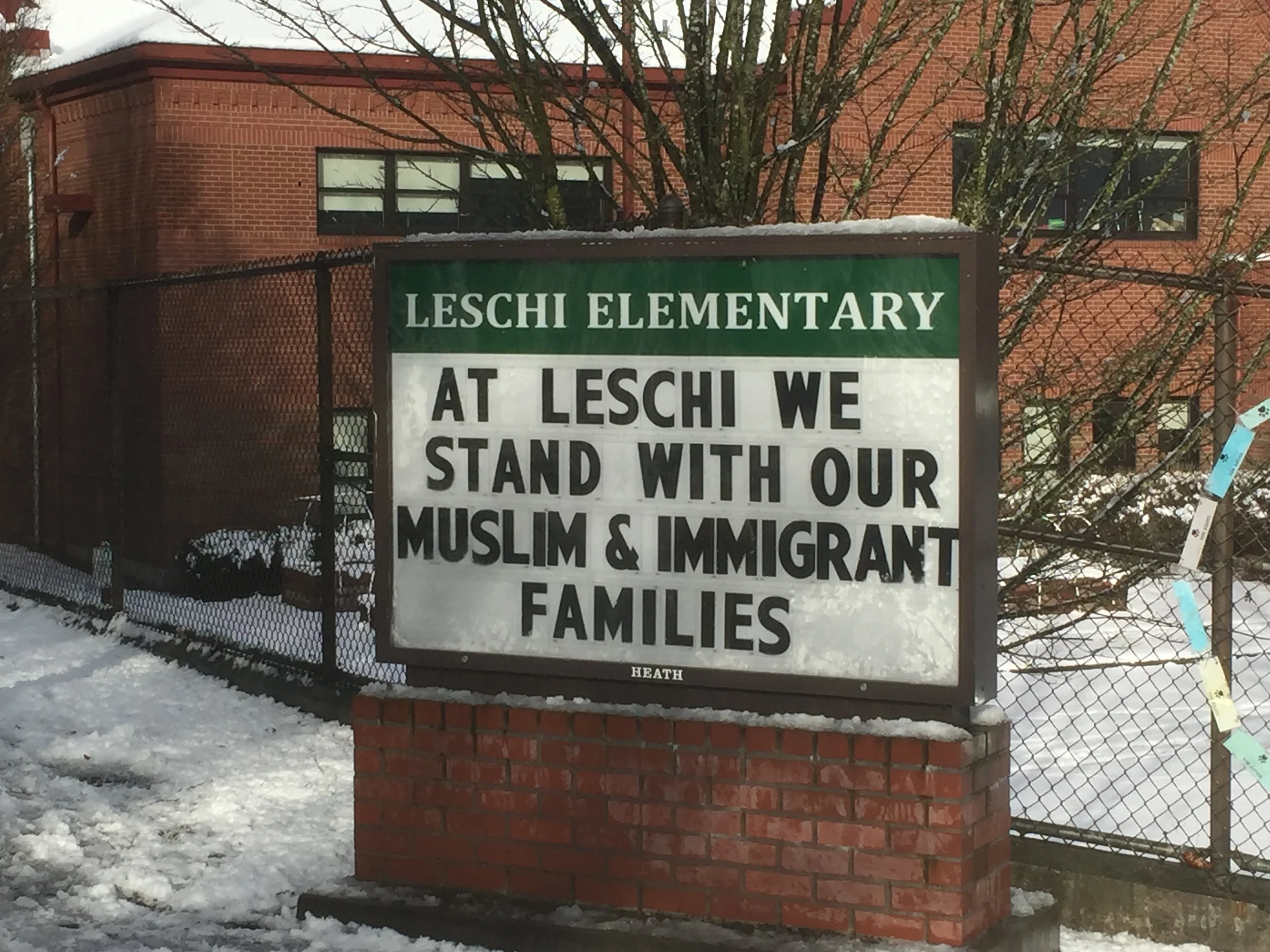Seattle teachers vote against McCleary walkout
/The Seattle teachers union voted down a proposed one-day walkout meant to pressure the legislature to fully fund its McCleary obligation.
This would hardly be unusual for Seattle's teachers. In fact, this would be their third strike or walkout in the past three school years.
We've all been agreeing for years now that we need a solution that fully funds our schools. I'm glad to see the teachers recognizing that taking a day of classroom instruction away from their students will do more harm than good at this point. Or at any rate, it's not going to apply such pressure as the legislature hasn't already been feeling.
From Paige Cornwell of the Seattle Times:
Union members who voted no questioned the effectiveness of a walkout, as well as the disruption it would cause for students and families. Lawton Elementary teacher Lyon Terry said his experiences with the 2015 walkout and strike led him to vote no on the proposed walkout.
“We walked out to fund education, but we ended up having to strike anyway,” Terry said. “My interpretation was that it wasn’t effective in that way. I don’t think this one would be, either.”
In addition to possibly changing the last day of school, students in some Advanced Placement and International Baccalaureate classes are scheduled to take exams on May 1. The AP exams, which students can take to earn college credit if they score high enough, can be rescheduled, union leaders wrote in an email to members. But the IB exams, which students in the program take to earn their IB diploma, can’t be taken on a different day. [Union President Phyllis] Campano said she has heard more concerns from members this year than the last time they voted on a walkout.
Interestingly, Seattle City Councilmembers Mike O'Brien and Kshama Sawant jointly told the city's teachers through the South Seattle Emerald, "If you decide to go on strike, we'll have your back."
I give Sawant a mountain of credit as a fearless voice for equity, but in this case, it seems like she and O'Brien might be seeing this issue for what they wish it were, rather than for what it is.
They write of the May 1 walkout as part of a larger show of resistance throughout the day, and they fold SEA's potential action in with other labor rights issues:
We applaud the incredible courage Seattle educators are showing in considering strike action on behalf of their students, their schools, and all those in our community under attack from the Trump administrations. Your bold actions are an inspiration for working people everywhere.
May 1 will be a historic day of resistance, with immigrants, women, students, and workers taking the streets across the country. In California, a coalition of SEIU locals, United Service Workers West, and workers center members (nearly 350,000 workers altogether!) are preparing to go on strike.
From the Fight for $15 to the NoDAPL campaign, Seattle’s movements of working people have again and again acted as a catalyst for change nationally. Now, Seattle’s labor movement is helping lead the way on bold May 1 action.
UAW local 4121, which represents graduate student workers at the University of Washington, are also voting on a similar strike action. And importantly, last week, the Martin Luther King County Labor Council passed a resolution in support of local unions taking strike and protest actions on May 1.
The Washington State Supreme Court has ruled that the state legislature is unconstitutionally failing to fund public education, and yet this outrage has continued for years. Underfunding of public schools impacts students of color in particular, as well as young people from low-income households.
This misses the mark for me. Teachers' rights as workers are not at stake, unless you consider the gross under-representation of people of color in the field -- 80 percent of current Seattle Public Schools teachers are white -- so this walkout would have been a students' rights issue, not a labor issue.
And, thankfully, the union voted against it in the end. I appreciate that they will maintain continuity in the classroom while finding other ways to advocate for a legislative fix for McCleary.



